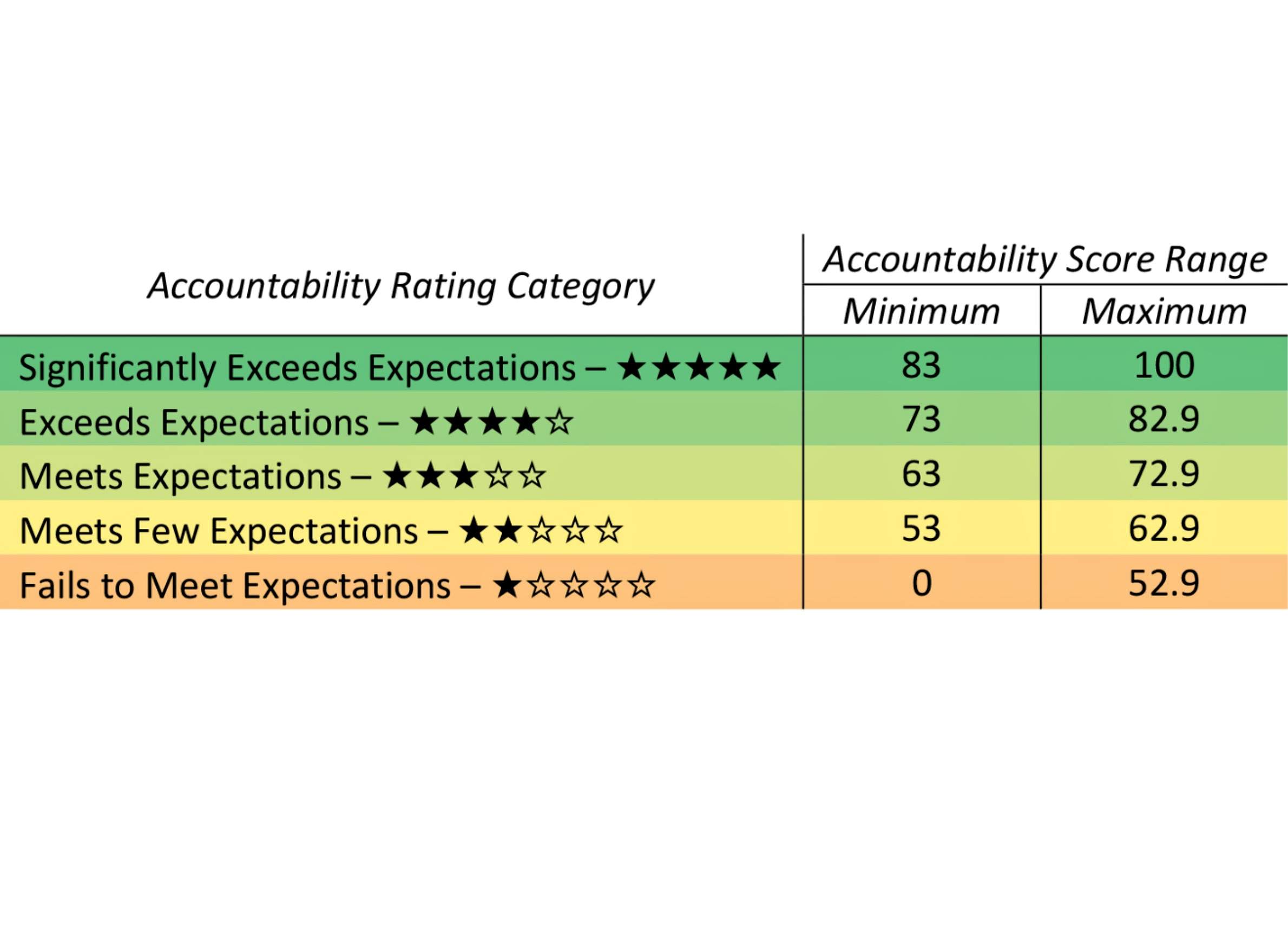
82 Percent Of Public Schools Earn Passing Grade On Report Cards

The state has released its first K-12 school rankings in two years, debuting a new school report card system.
The report cards, released Thursday by the state Department of Public Instruction, show 82 percent of public schools and 91 percent of districts met or exceeded expectations in the last school year.
The report cards were revamped as part of the 2015-2017 state budget. The changes included new weighing for students' demographic information, including race, disability and economic status.
"The idea with that model is to level the playing field and say we're effectively treating all schools as if they're the same, because we're taking into account these demographic characteristics," said Laura Pinsonneault, director of educational accountability at the DPI.
When the changes were introduced, proponents argued they would eliminate an advantage for schools with high-income students.
Across the state, 329 schools and 59 districts earned a significantly exceeds expectations score. In total, 624 schools and 187 districts fell into the exceeds expectations category, 635 schools and 144 districts achieved meets expectations, 243 schools and 33 districts received meets few expectations, and 99 schools and 5 districts received a fails to meet expectations ranking.
The five districts that failed to to meet expectations were Racine, Bayfield, Cambria-Friesland, Cassville and Menominee Indian. Schools that fall into the lowest category for two consecutive years will face state sanctions.
Scores are determined by measurements in four areas: student achievement in English language arts and mathematics, student growth, closing gaps between student groups, and measures of readiness for graduation and postsecondary success.
Points are deducted for opt-outs of state testing, absenteeism and dropout rates.
The state stresses, however, that the scores are just a "snapshot" of school performance.
"Schools and districts have data that is much more timely and alive," Pinsonneault said. "It's something they collect more regularly, so oftentimes they have information about the things they're working on as a school or district."
Pinsonneault said those initiatives might include assessments outside of state-mandated testing, or measurements related to school environment and discipline.
"The overall score sometimes can obscure some really important aspects of a school or district's story," Pinsonneault said.
Some schools participated in an "alternate accountability" reporting structure, a district-supervised self-evaluation that weighs student growth in English, language arts and mathematics. Alternate accountability reporting is used by new schools, Kindergarten through second grade schools, schools without tested grades, schools exclusively serving at-risk students and schools with fewer than 20 full academic year students who participated in state testing.
Of the 184 schools that participated in alternate accountability, 162 achieved a satisfactory progress status, 22 received a needs improvement mark.
The 227 schools in the state's three private parental choice programs, Milwaukee, Racine and Wisconsin, did not receive ratings this year. This was the first year those programs submitted data to the DPI. They will receive their first rankings when year-to-year comparisons can be made.
Wisconsin Public Radio, © Copyright 2023, Board of Regents of the University of Wisconsin System and Wisconsin Educational Communications Board.


